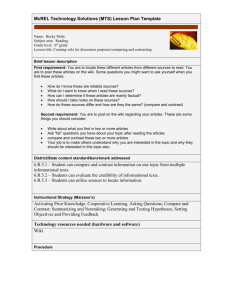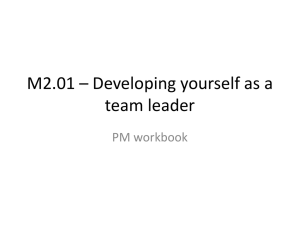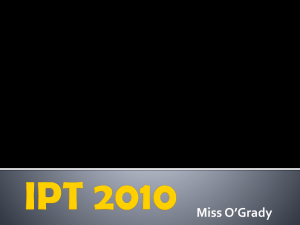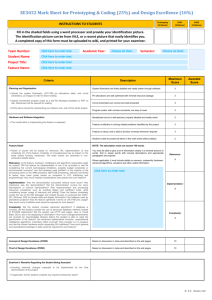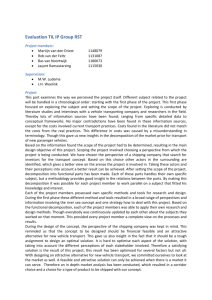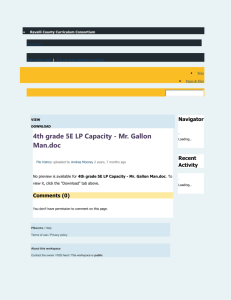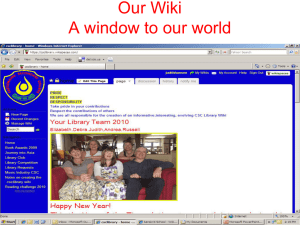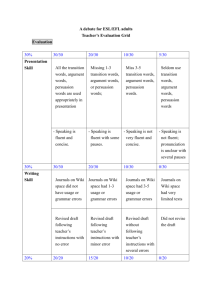What is Knowledge Management?
advertisement
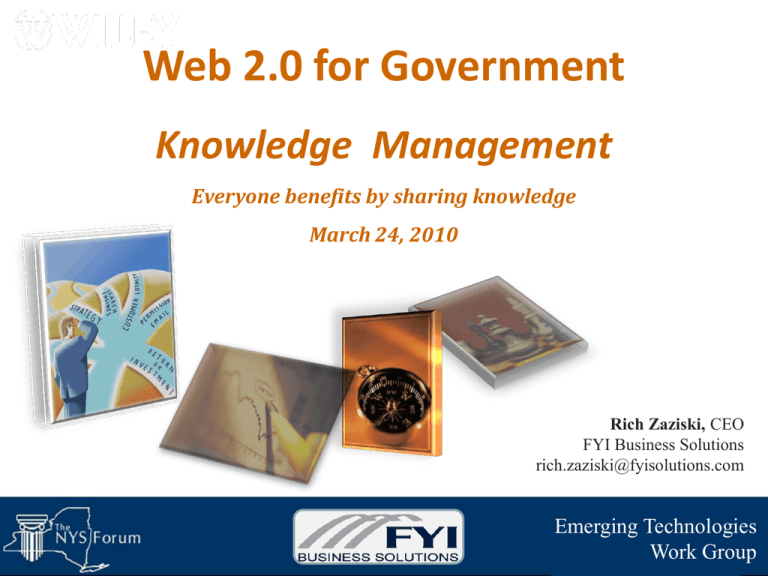
Web 2.0 for Government Knowledge Management Everyone benefits by sharing knowledge March 24, 2010 Rich Zaziski, CEO FYI Business Solutions rich.zaziski@fyisolutions.com Emerging Technologies Work Group Knowledge Management in Web 2.0 • Overview of Web 2.0 • Knowledge Management • What is Knowledge Management? • Advantages • Objectives • Getting Started • Advanced Features • Examples • Questions and Answers Overview of Web 2.0 • • • • • • • Browser-based platform Users own and control their data Architecture of participation Facilitates collaboration Consumer-generated media Social Networking Knowledge Management What is Knowledge Management? Organizations have vast amount of information, which creates problems such as: • How do you find the information? • Who do you contact to get it? • Once you find it, how can you be sure its complete and up-to-date? A Knowledge Management Portal acts like a library in that it is a repository for all available relevant information on a given subject area. It also provides a powerful platform for information sharing and collaboration. Advantages of Knowledge Management • Contributes to the intellectual capital of the organization • Facilitates information sharing, which often leads to innovation • Eliminates redundant processes and information • Reduces e-mail volume • Improves productivity and efficiency • Reduces risk of knowledge loss due to retirement or turnover of experienced workers • Accelerates on-boarding of new staff Objectives of Knowledge Management • Create a platform that facilitates the sharing, collaboration, and maintenance of your institutional knowledge. • Design an intuitive, browser-based and “light-weight” solution that can be used by every level of the organization. • Provide an easy-to-use framework that allows subject matter experts to update and maintain knowledge bases. • Develop a strategy to assimilate the knowledge repository into the “day-to-day” business processes to facilitate a self-sustaining operational environment. • Design a solution that will be easily transportable to future platforms. Getting Started with Knowledge Management Organize Visualize Sustain Getting Started with Knowledge Management Organize • Gather Stakeholders, subject matter experts, and process owners • Identify logical categorizations (subject areas). This may take the form of such categories as: People Processes Technologies Getting Started with Knowledge Management Visualize • Go from a logical model to a ‘physical’ model • This is represented in the Wiki design Overview of a Wiki • Website that allows for easy creation and editing of content, interlinked web pages and documents • A wiki enables documents to be written collaboratively, in a simple markup language using a web browser • The entire collection of pages, which are usually interconnected by hyperlinks, is "the wiki" • A wiki is essentially a database for creating, browsing, and searching through information • Wikipedia is the most widely visited ’wiki’ on the internet Uses of a Wiki • Collaborative Software • Project Communication • Intranets • Group Learning • Knowledge Management • Project & Portfolio Management Components of a Wiki • Layout and Navigation • Editing • Linking and Creating Pages • Searching • Security • Community • Documents Getting Started with Knowledge Management Sustainable • Create round-trip business processes to keep the information up to date without making it burdensome. • Enable users to own and control their own content. • One of the guiding principles is to do this without programming. • Integrate into issues management or project management workflow Advanced Features • • • • • • • • • • Personalization Workflow with Approvals Consolidated Daily Emails Issues Management Open Social Networking Dashboards and Reports RSS Feeds Project and Portfolio Management Microsoft SharePoint and Exchange Integration Advanced Search with Search Engine Optimization Demonstration / Example Knowledge Management in Web 2.0 Questions ? Knowledge Management in Web 2.0 Thank you! Rich Zaziski, CEO FYI Business Solutions rich.zaziski@fyisolutions.com www.FYIsolutions.com
